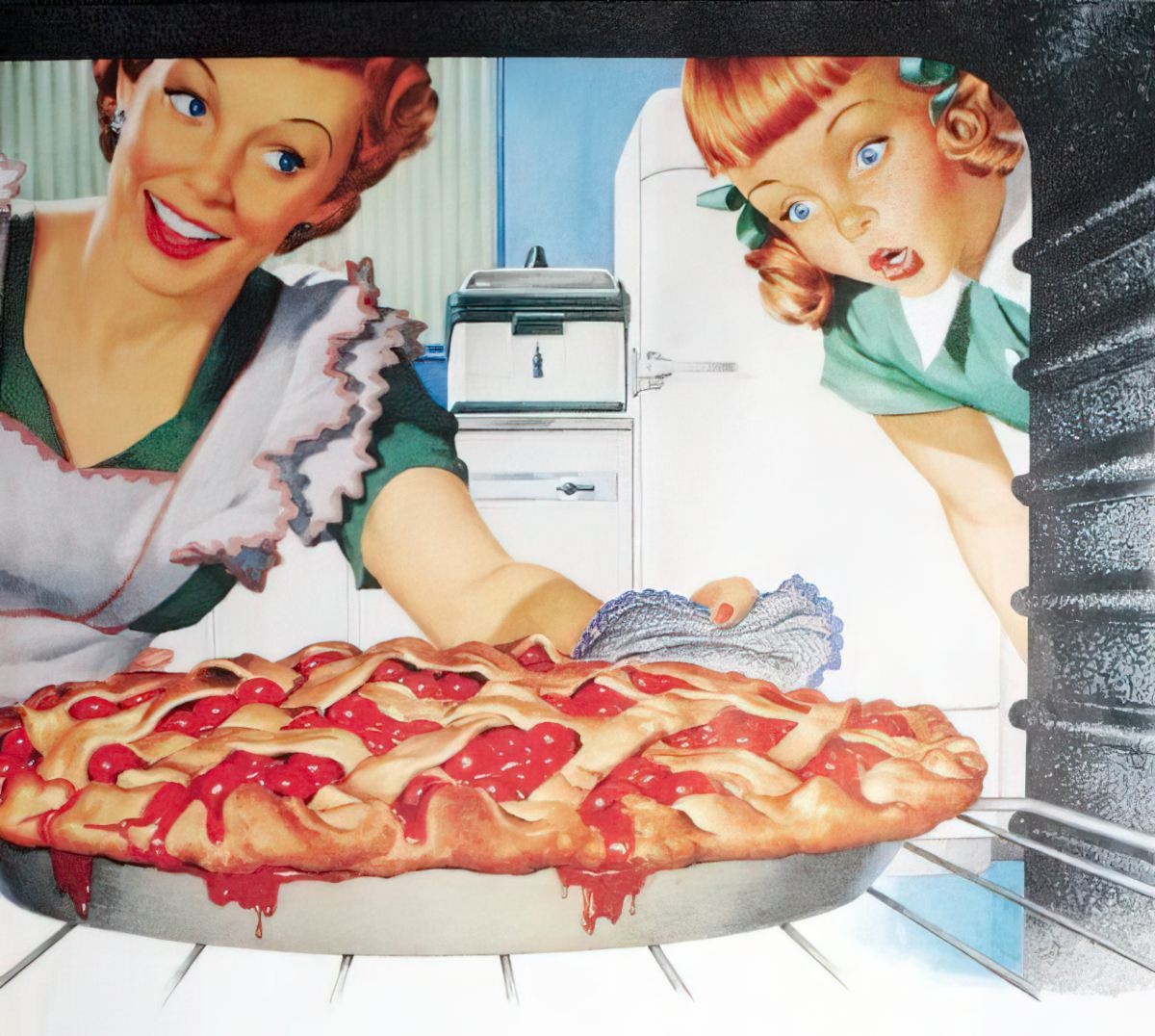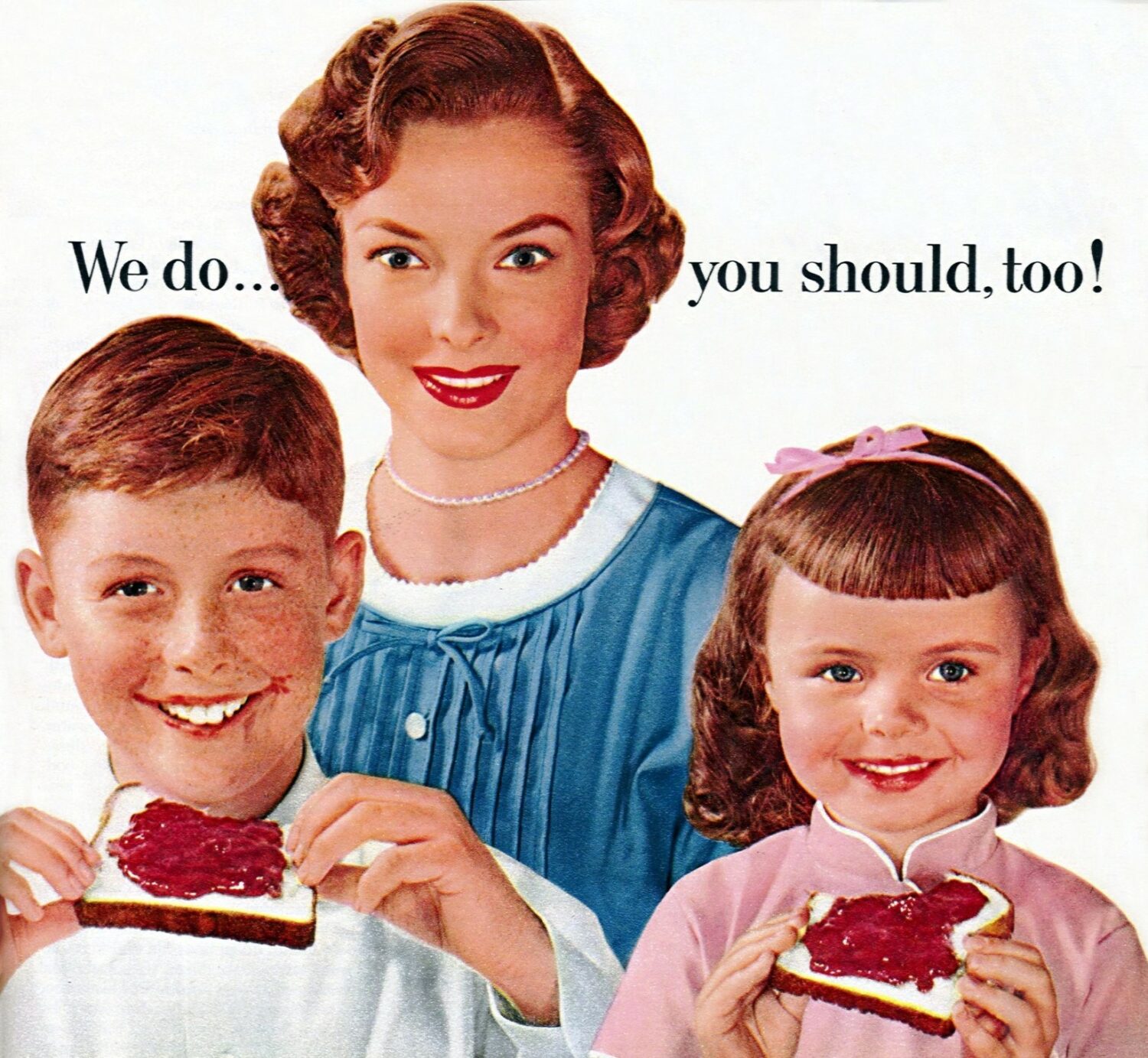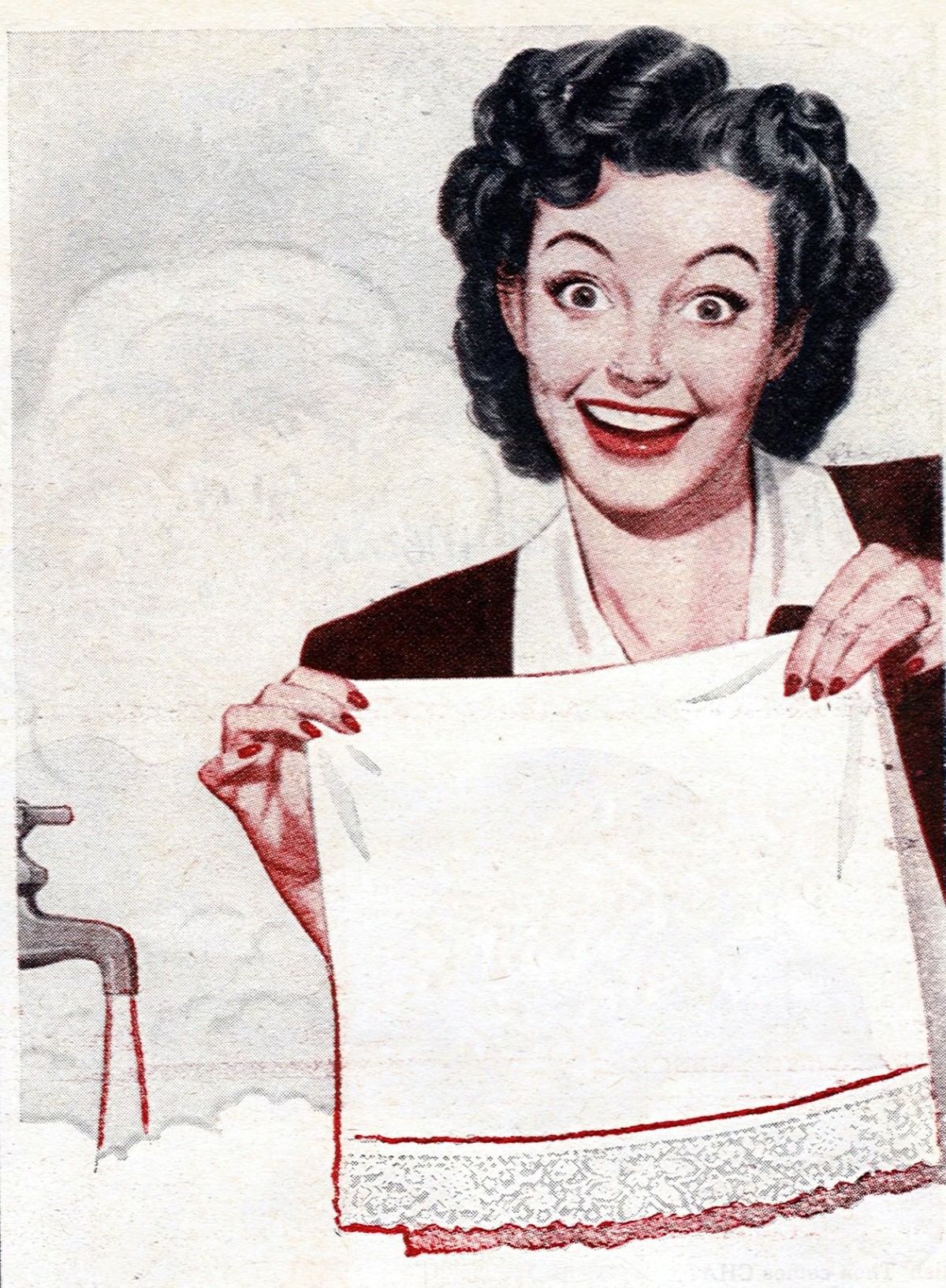School Library Journal (Betsy Bird) posted an article about knitting as depicted in picture books — so often the knitting needles are coming out the top, whereas if you’ve ever knitted in real life you’ll know that the needles come out below the hands.
This is a wonderful observation, and once you’ve noticed it you’ll see it all over the place. Artistic licence aside, which of these illustrators is a knitter, do you think?
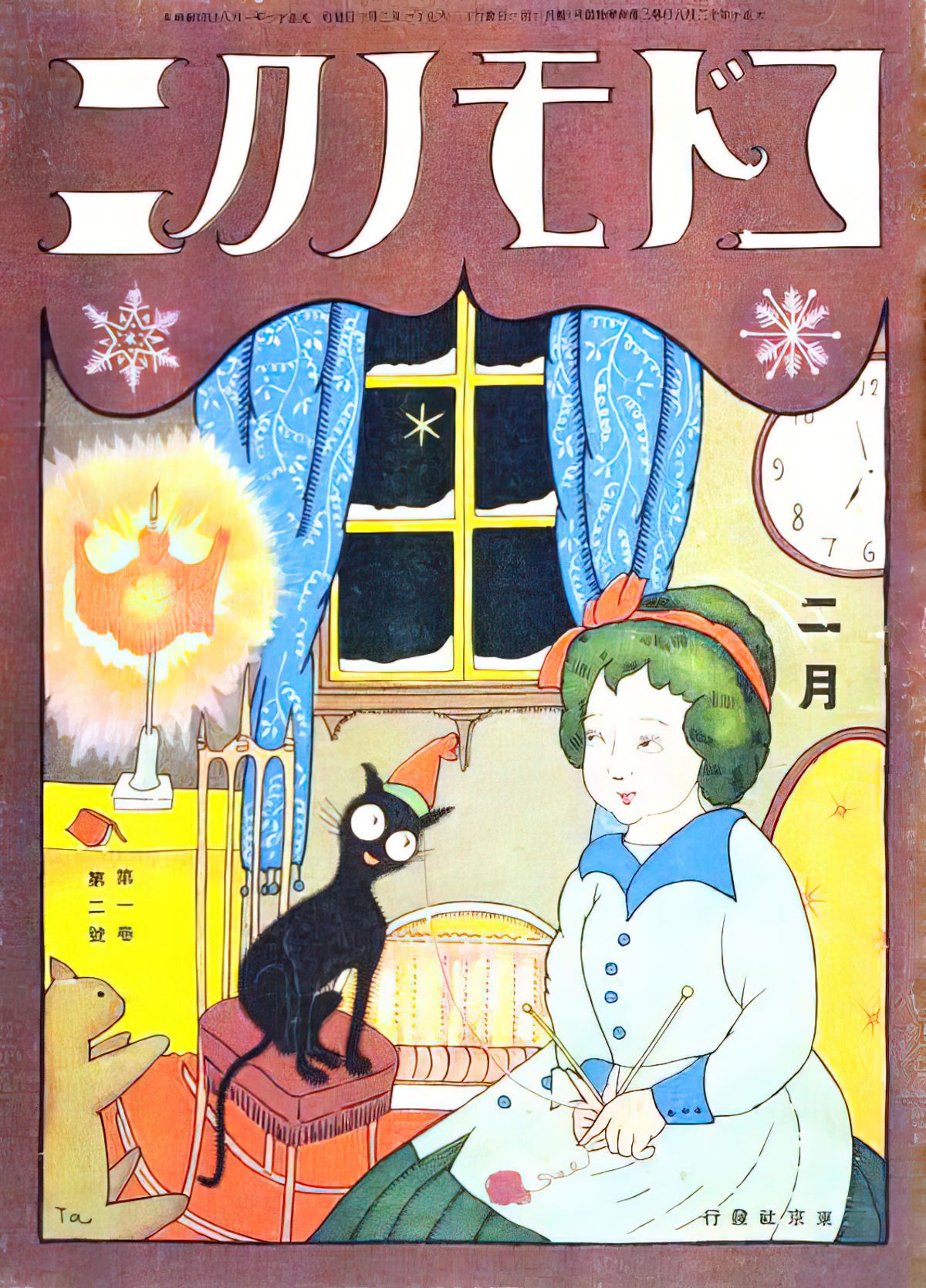
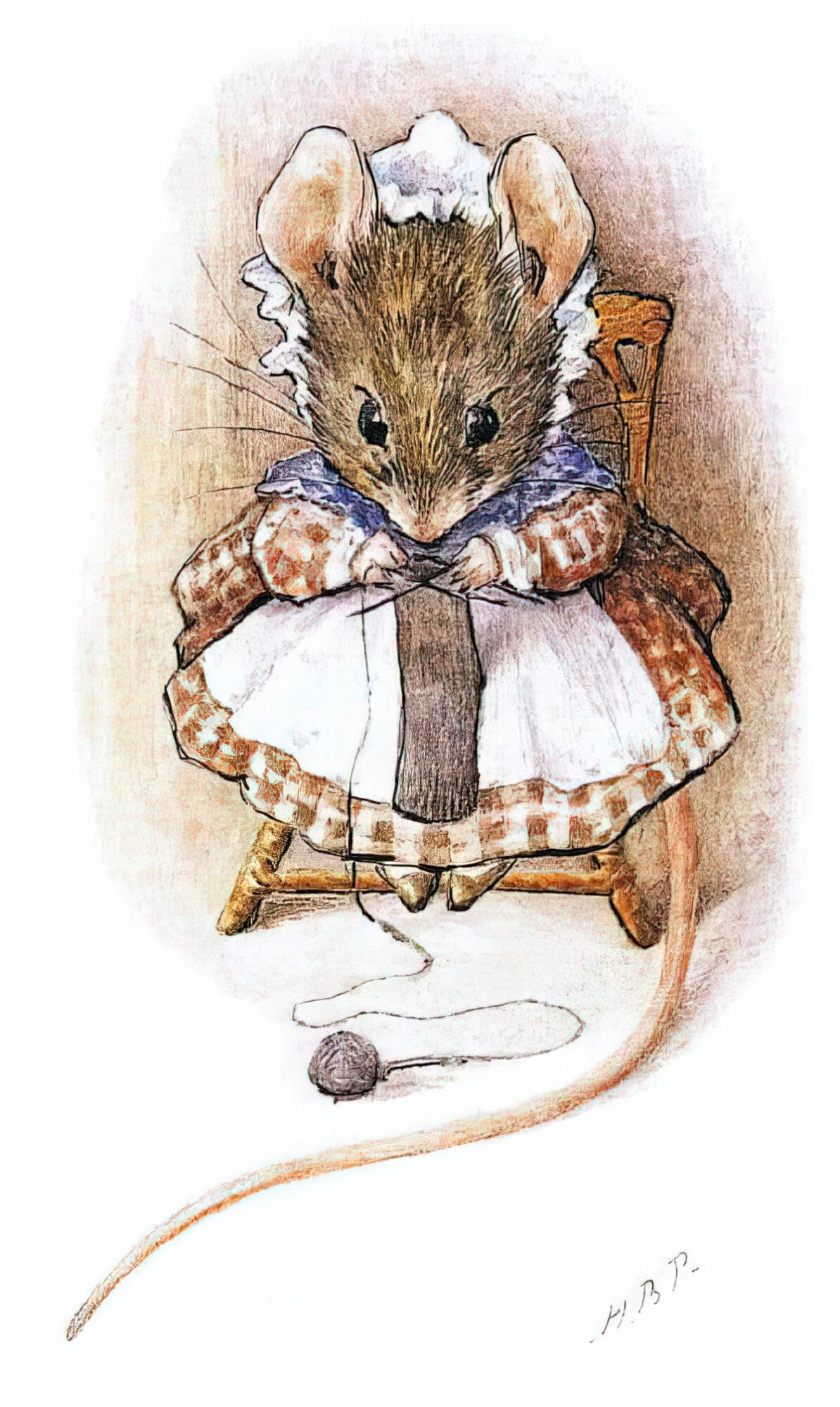
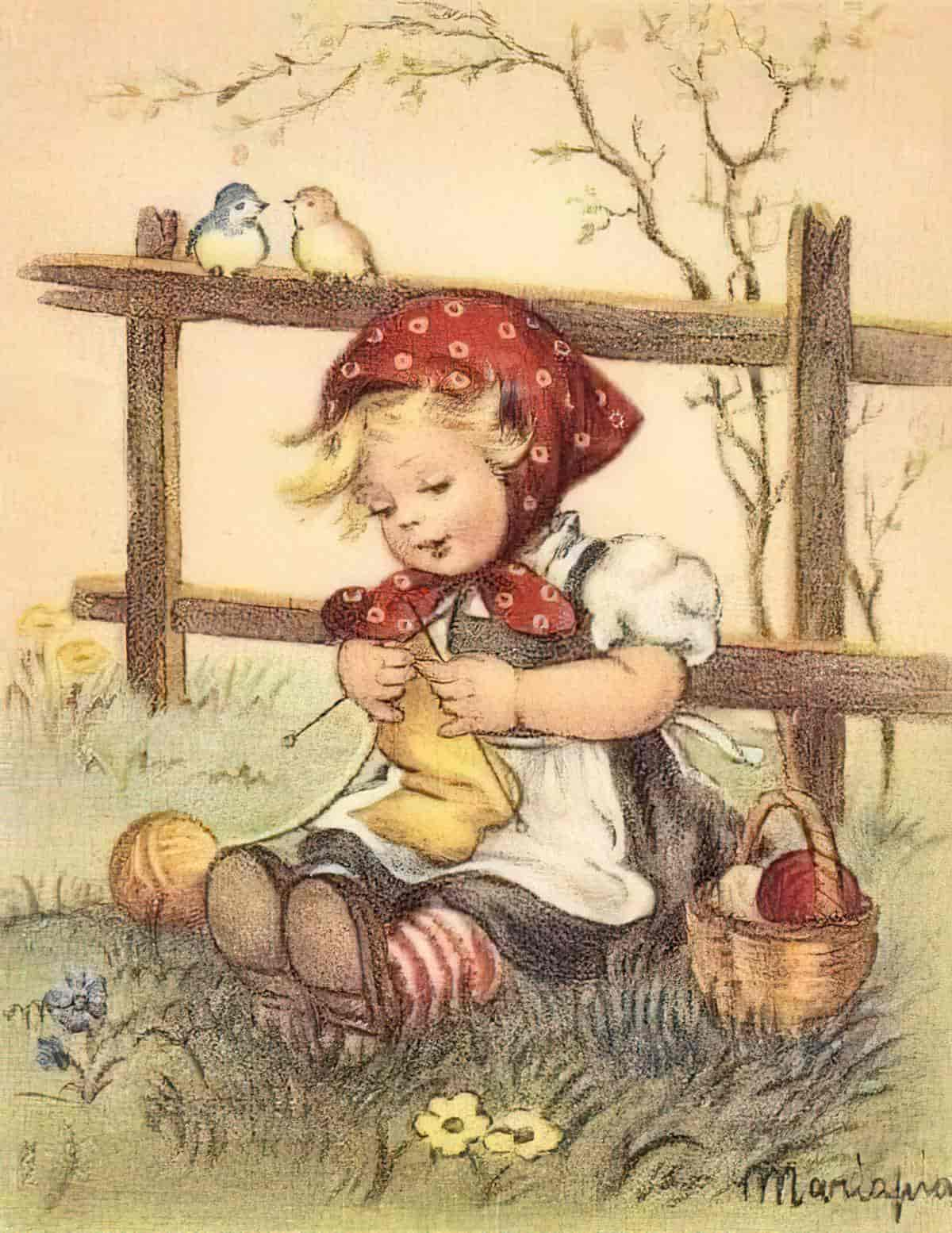
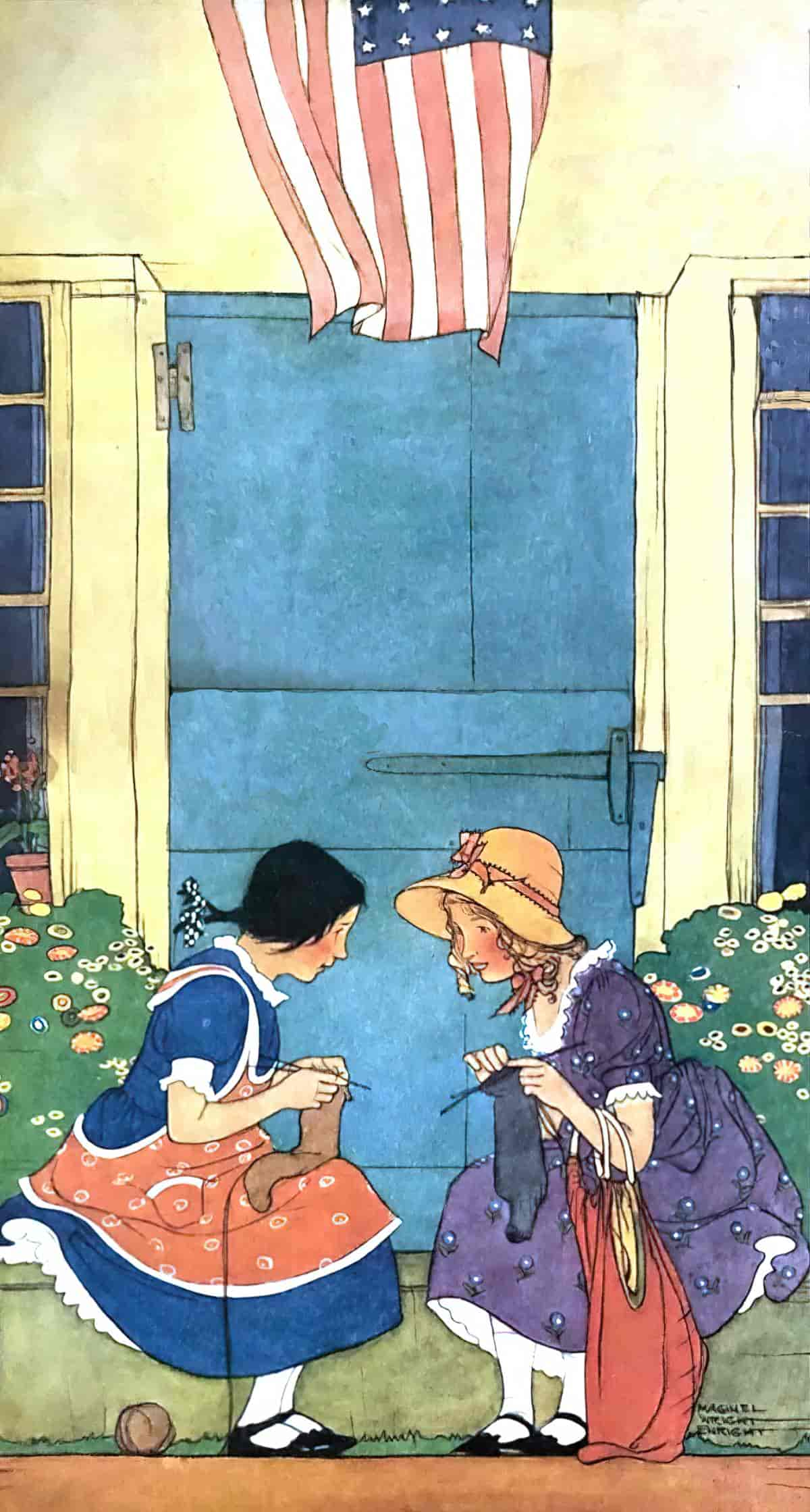
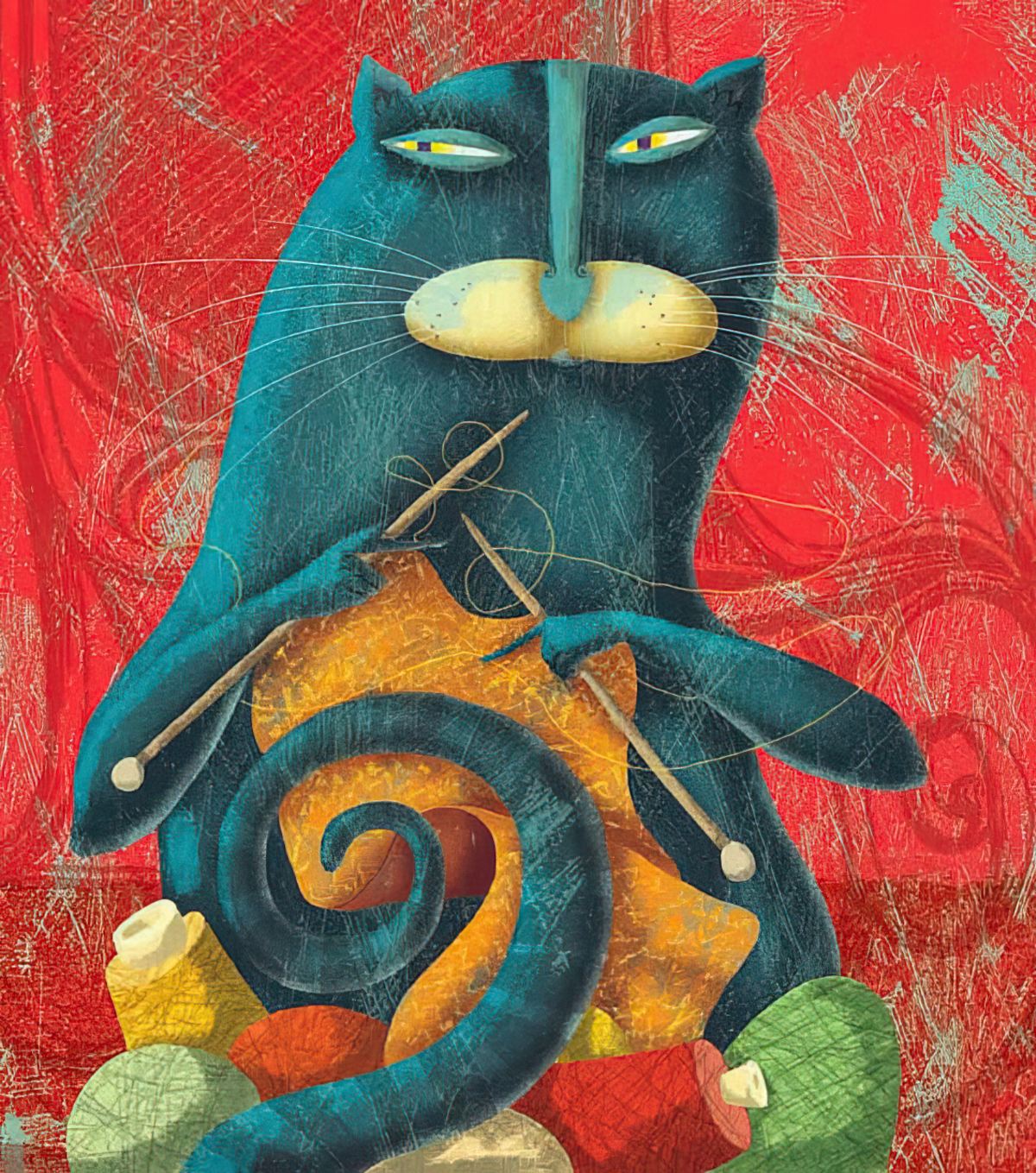
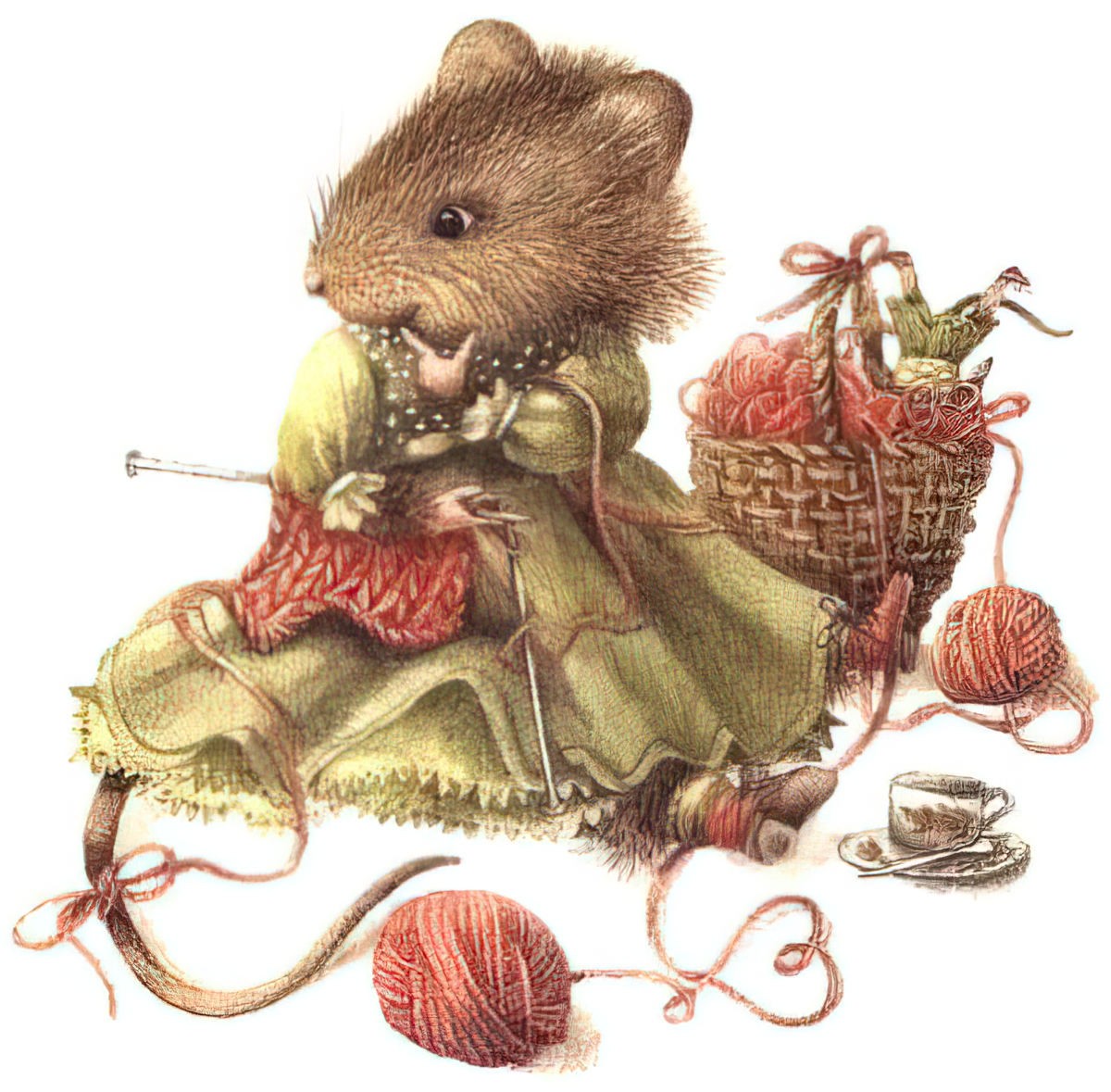
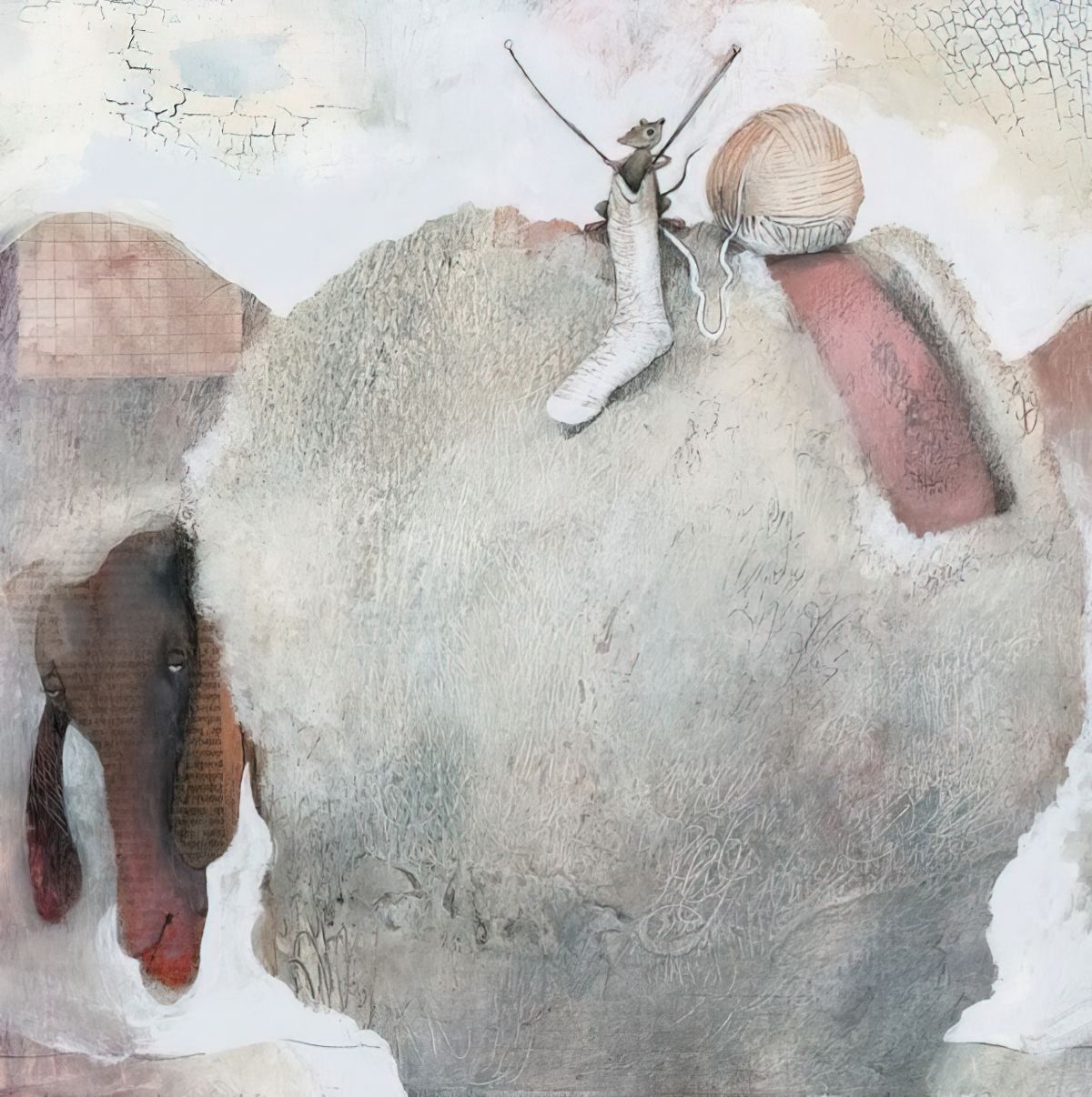
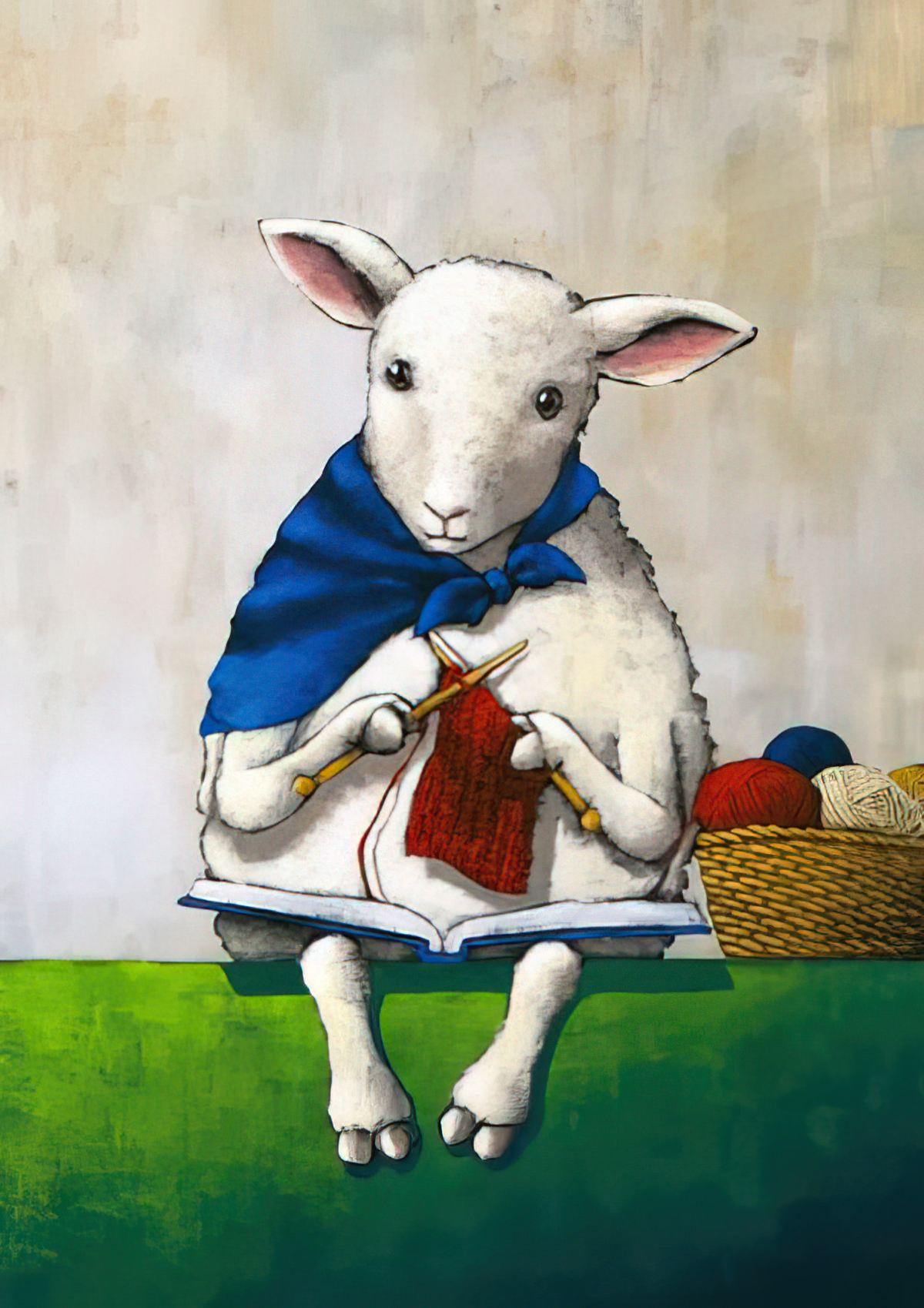
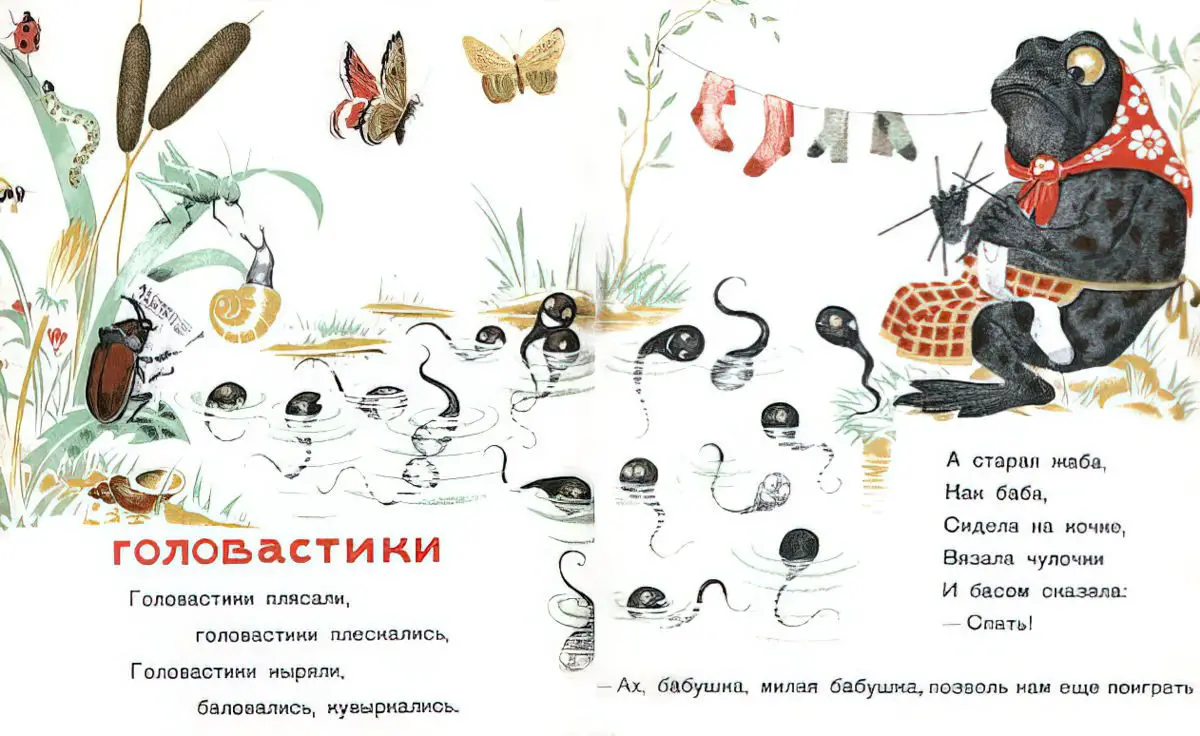
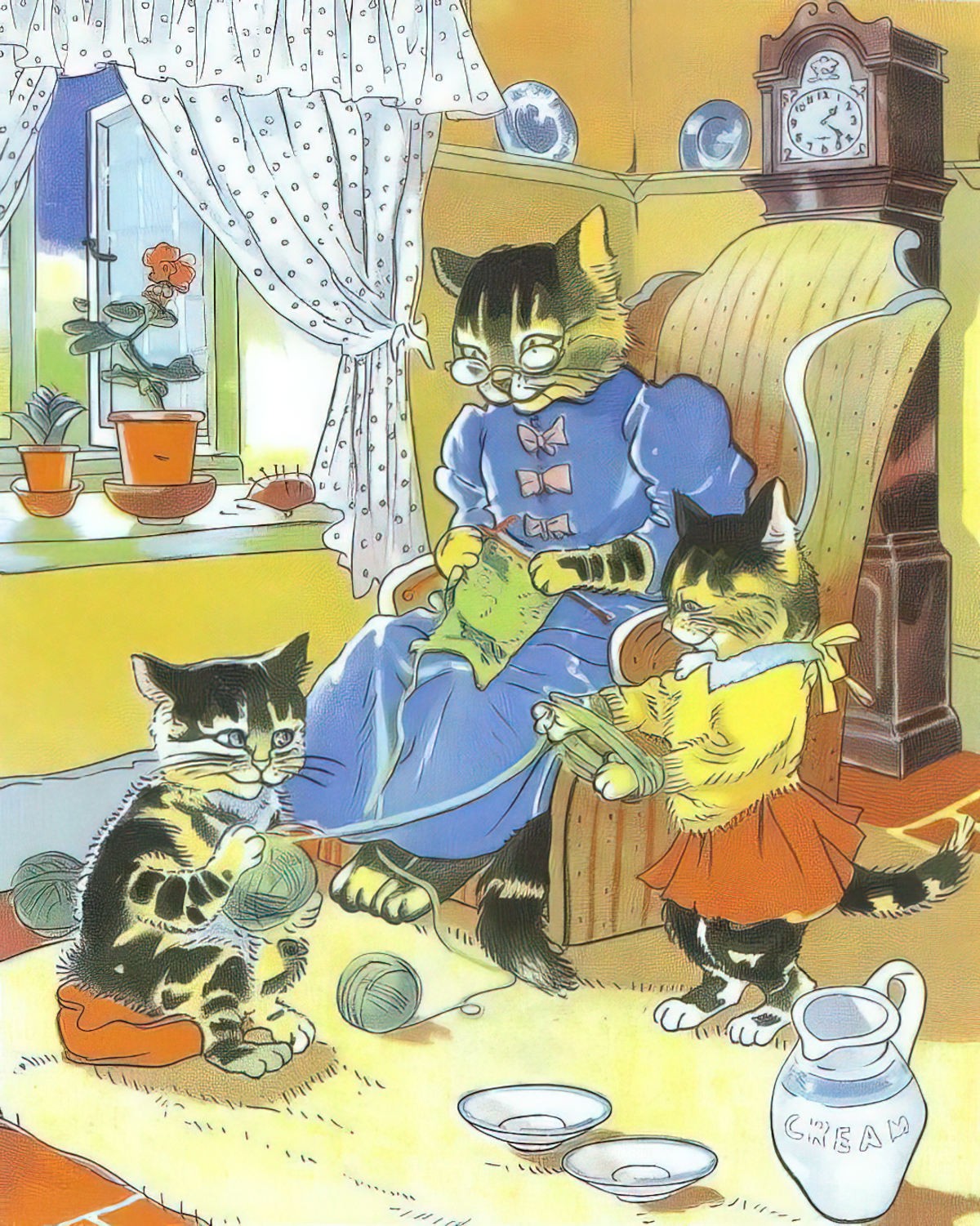
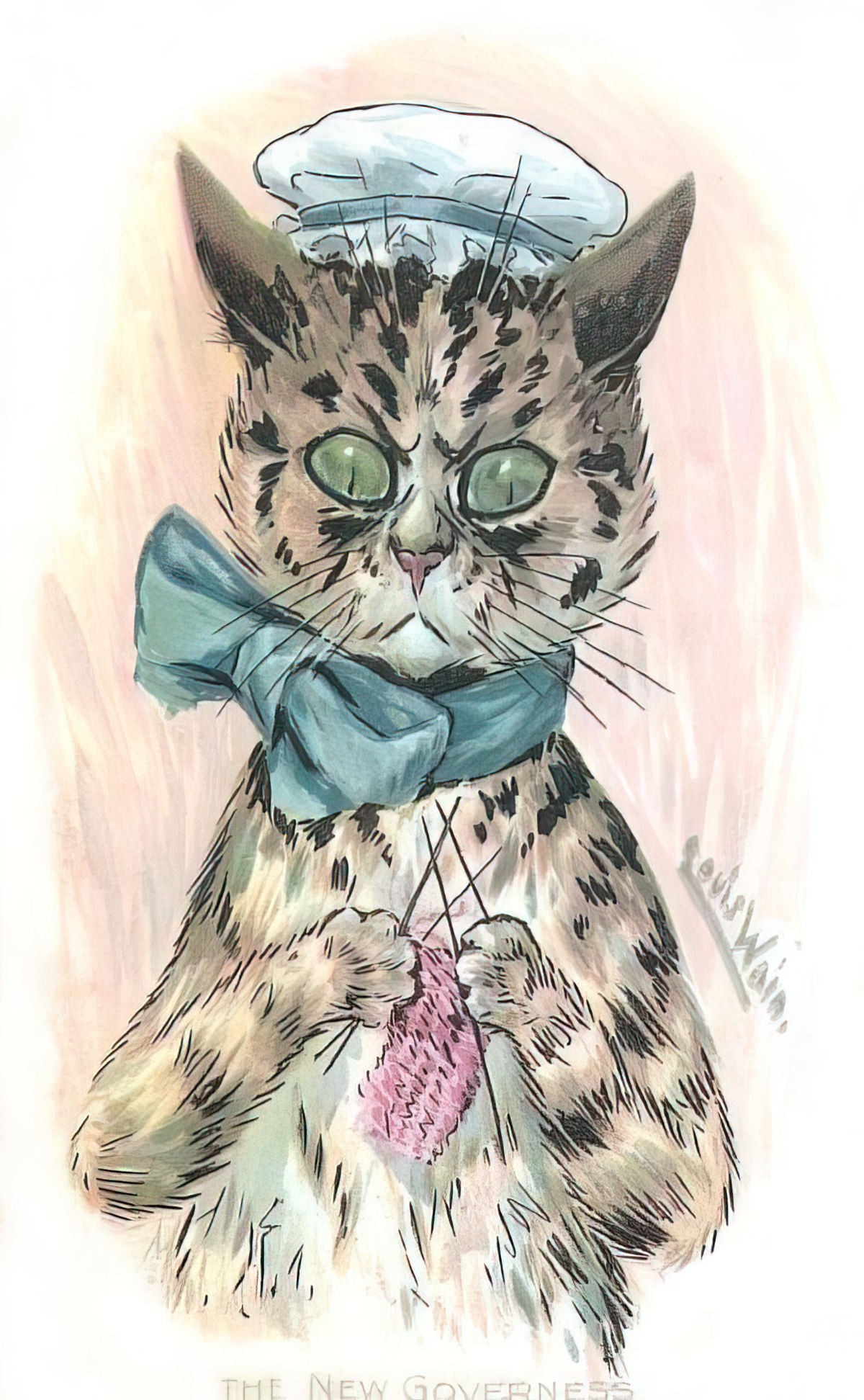
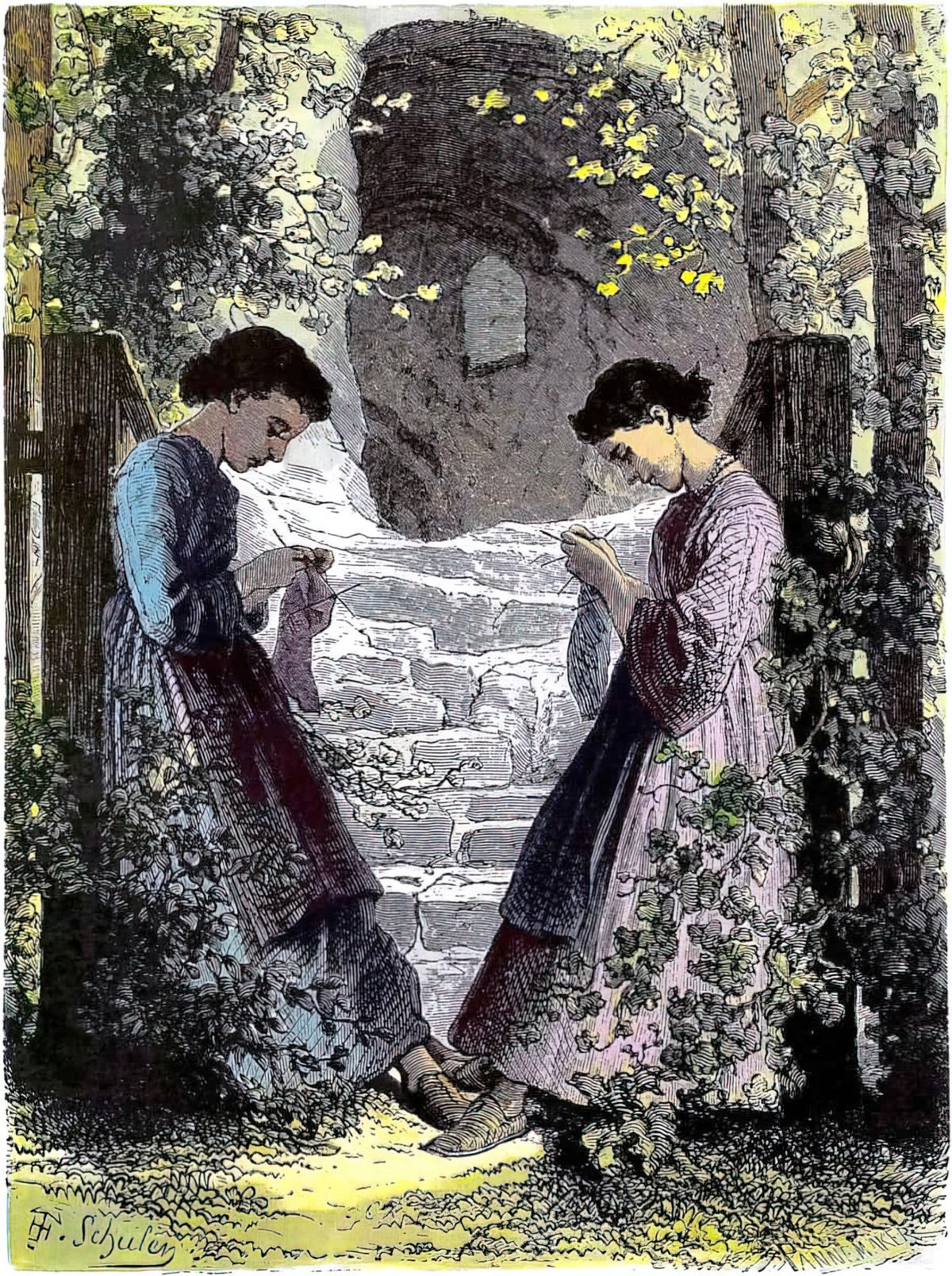
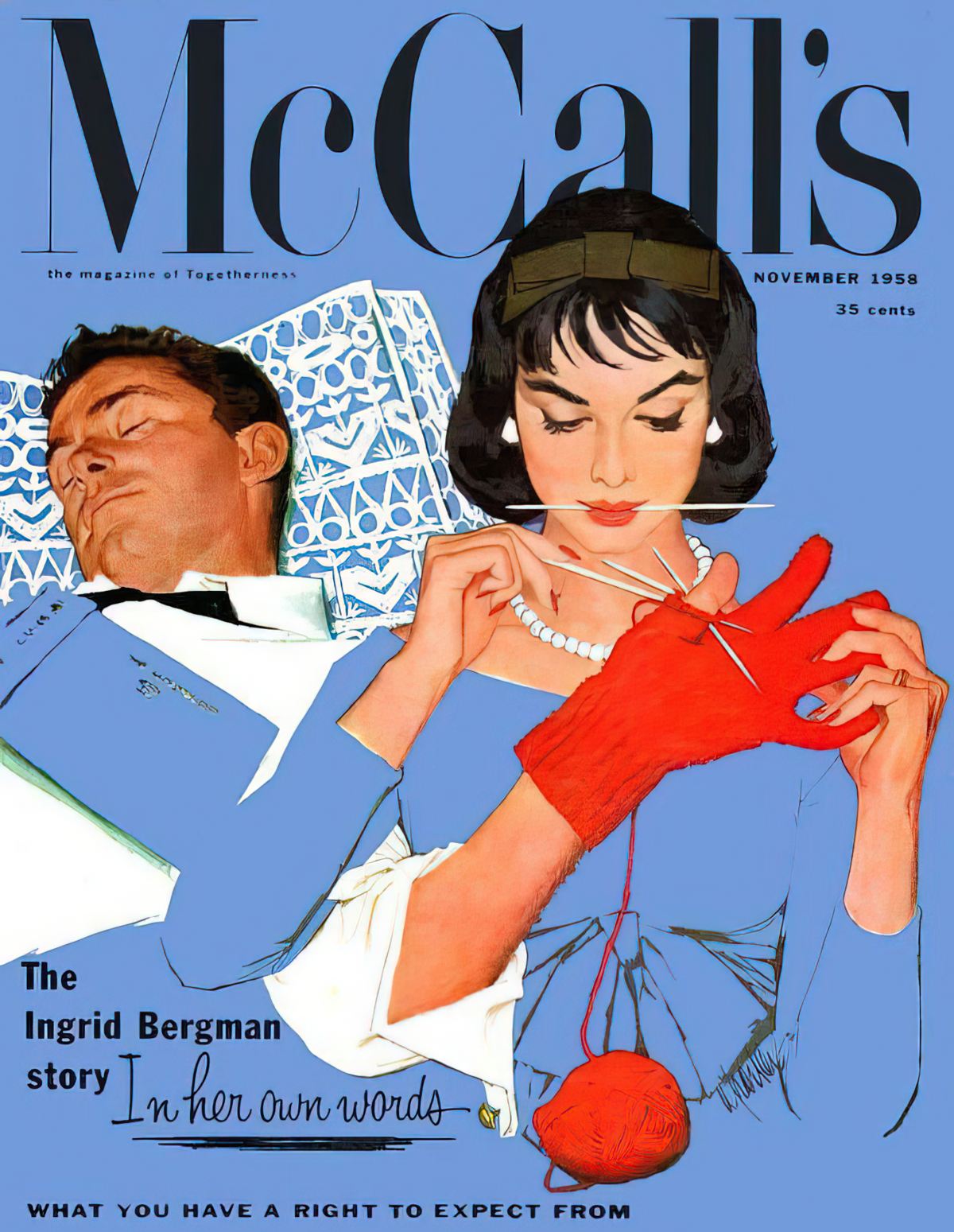
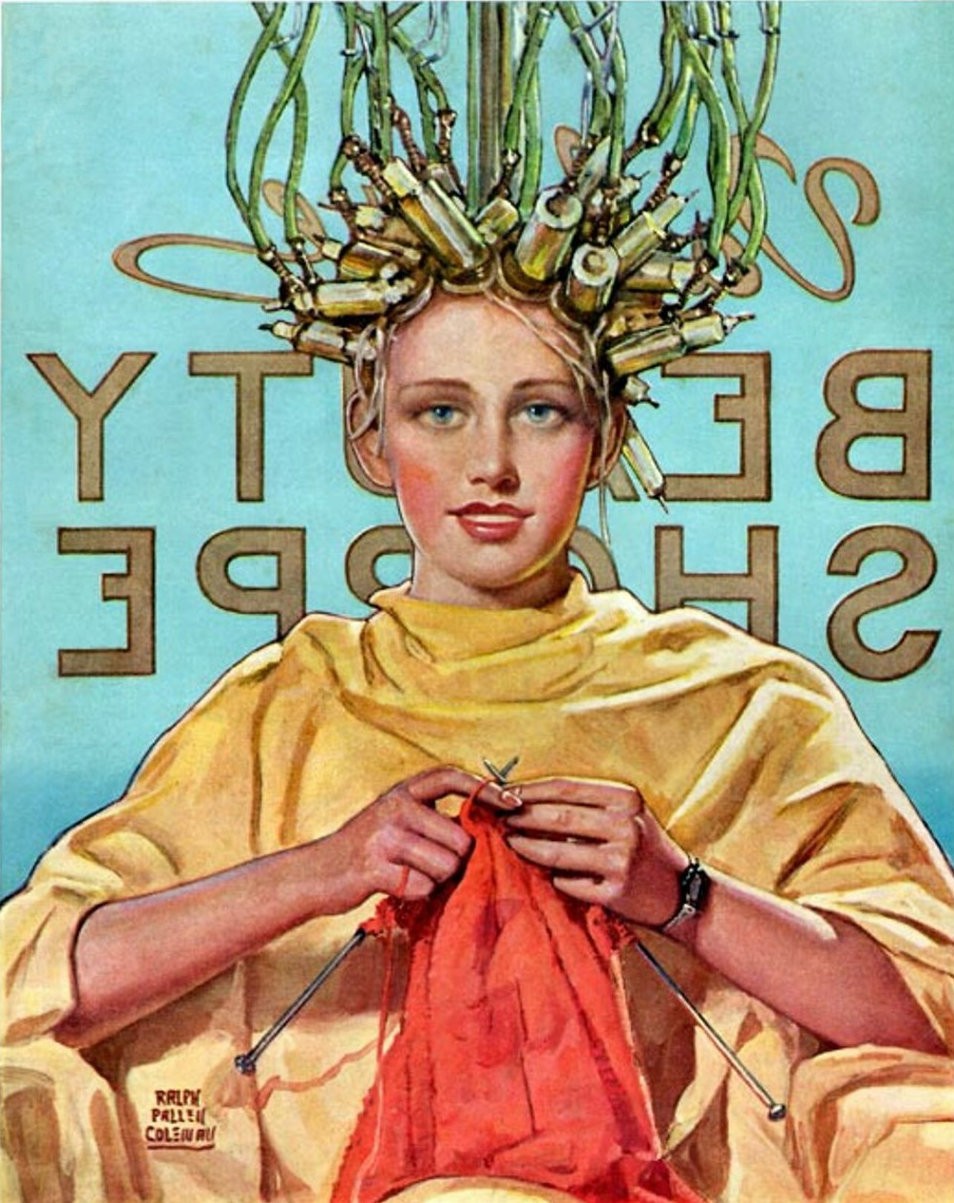
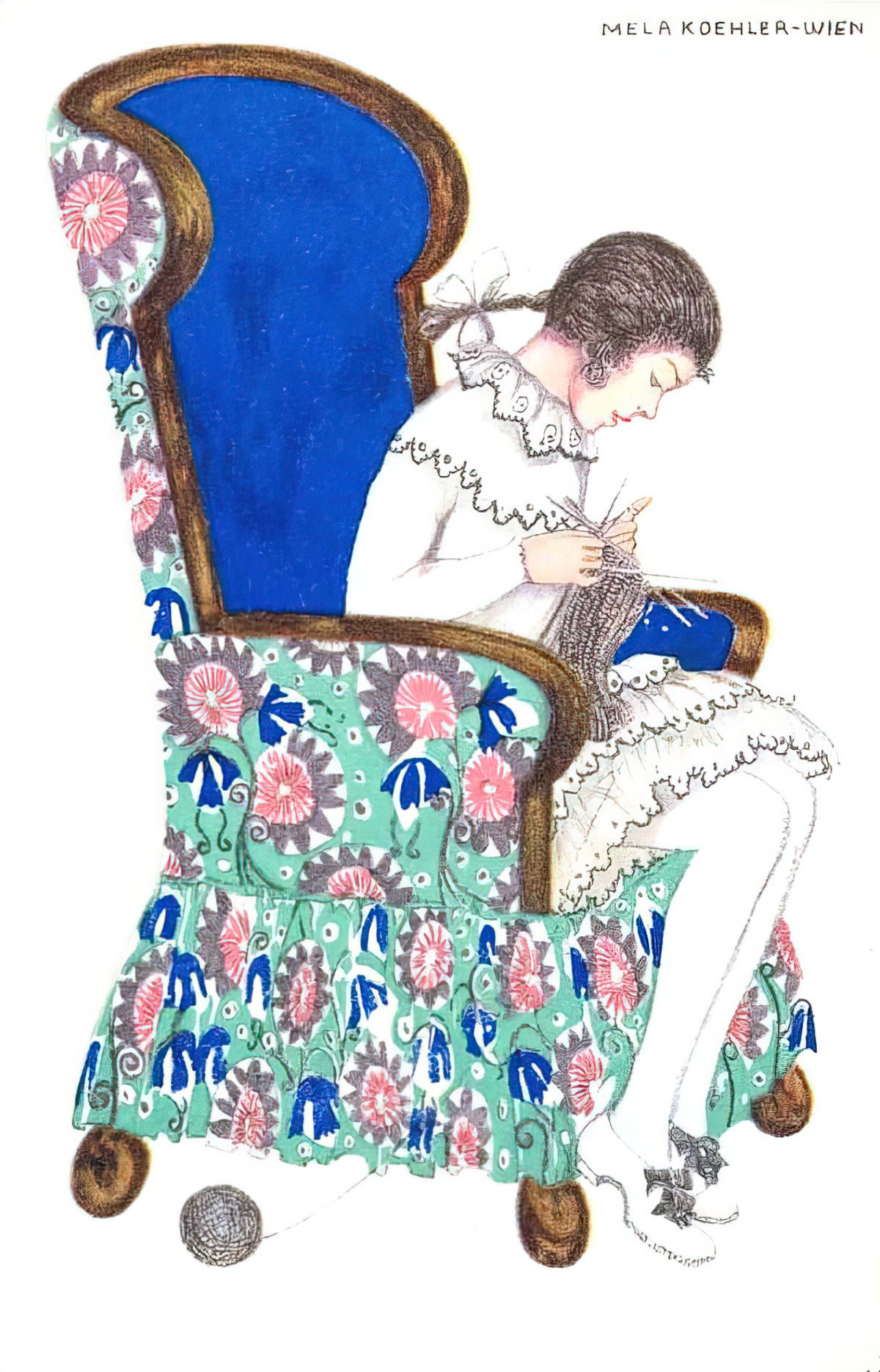
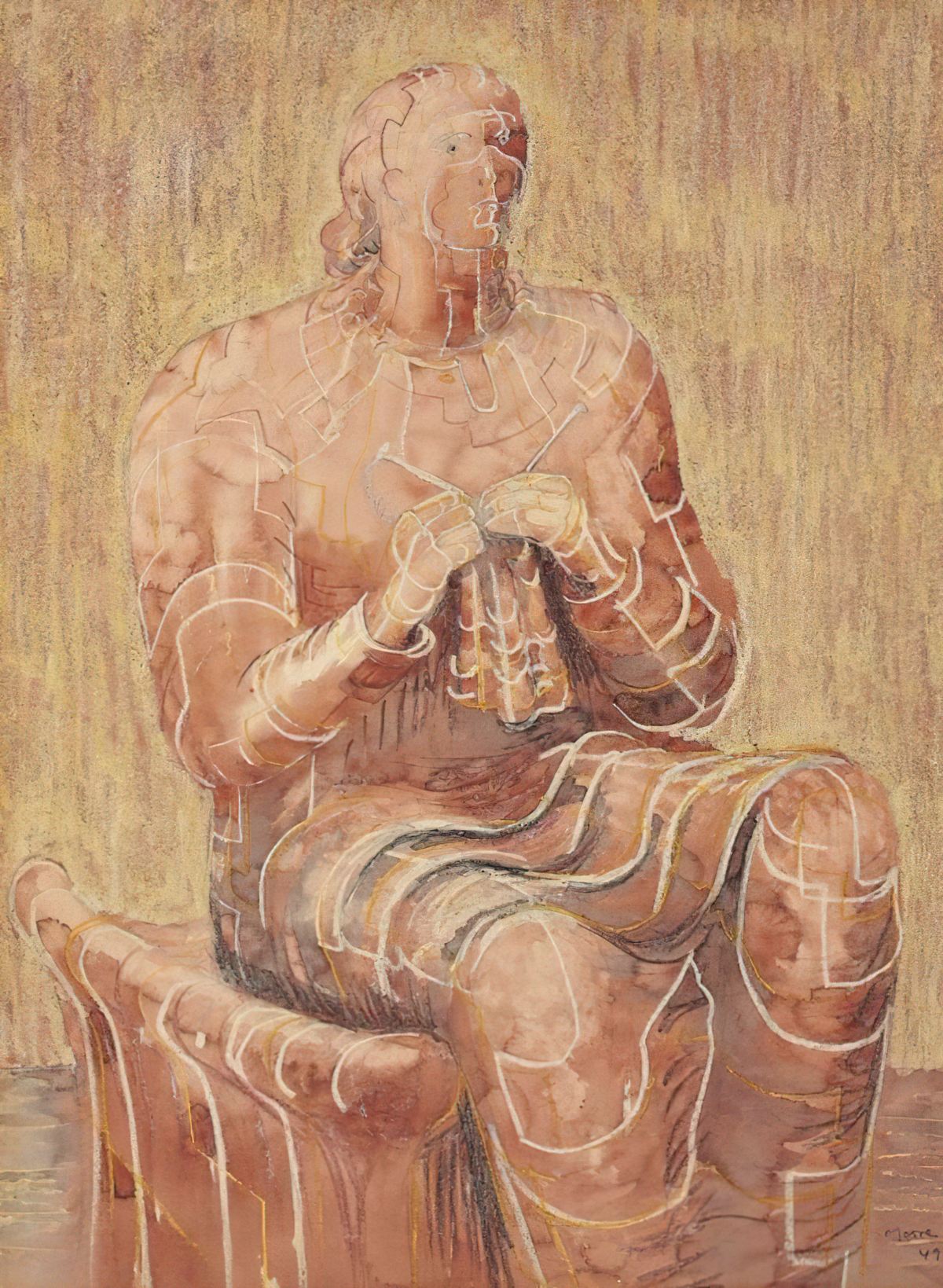
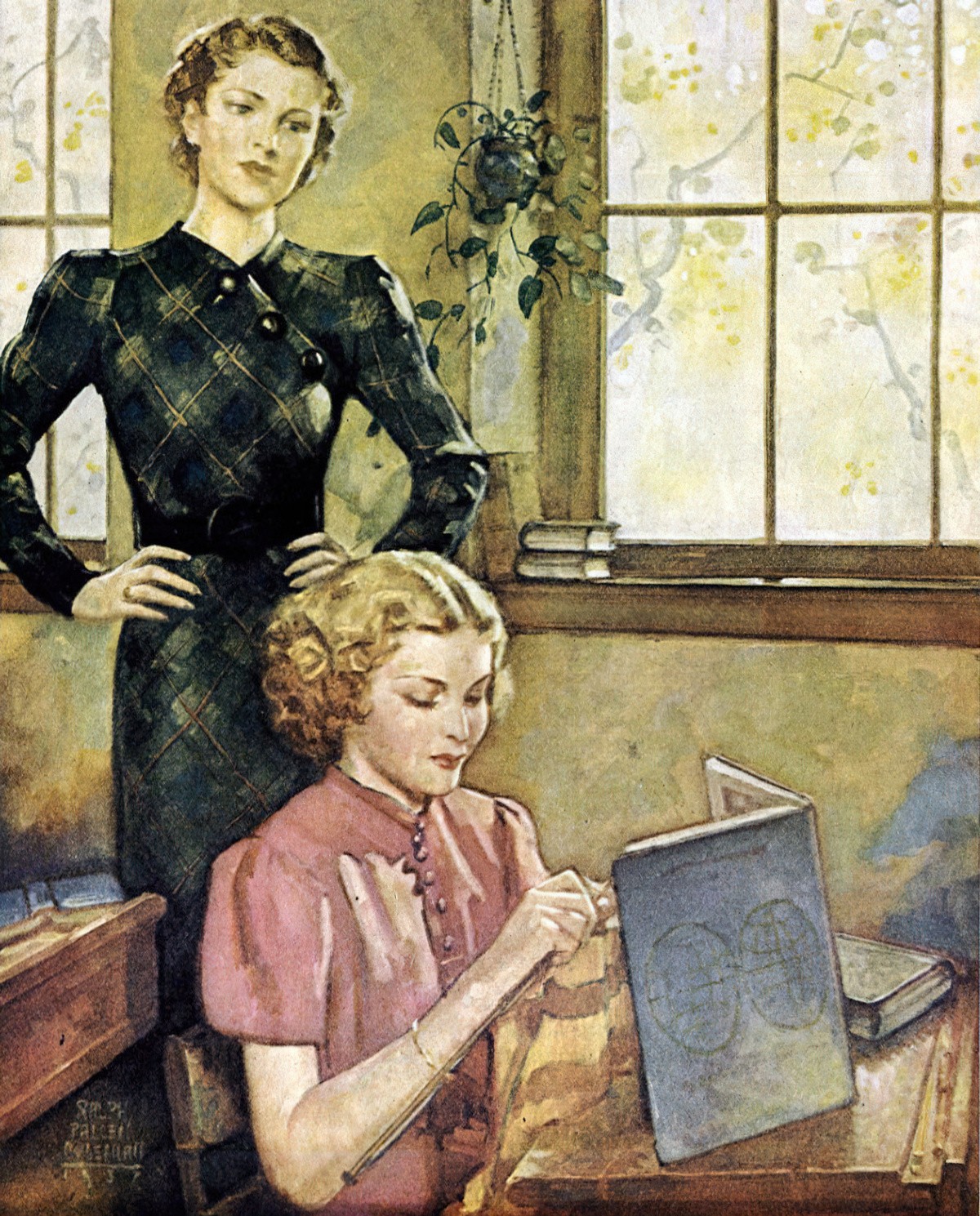
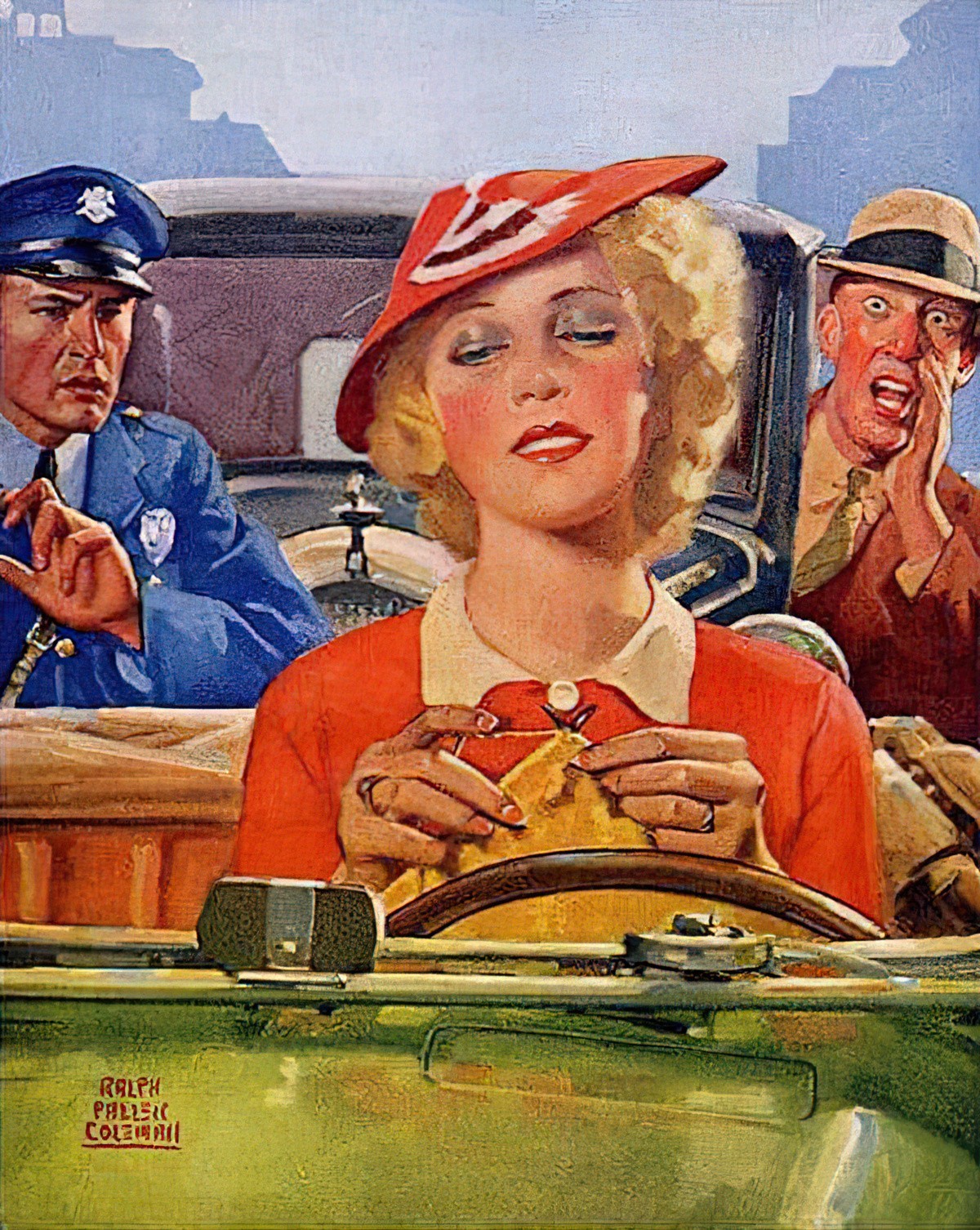
OTHER INSTANCES IN WHICH REALISM IS MODIFIED
Raindrops
There are instances, however, where a realistic portrayal of nature isn’t necessarily warranted. Raindrops are actually round when falling from the sky, but in the collective imagination a raindrop is, well, ‘tear drop’ shaped. Where does the teardrop shape even come from? Probably from the leg of moisture coming off a droplet as seen when running down a surface such as a cheek.
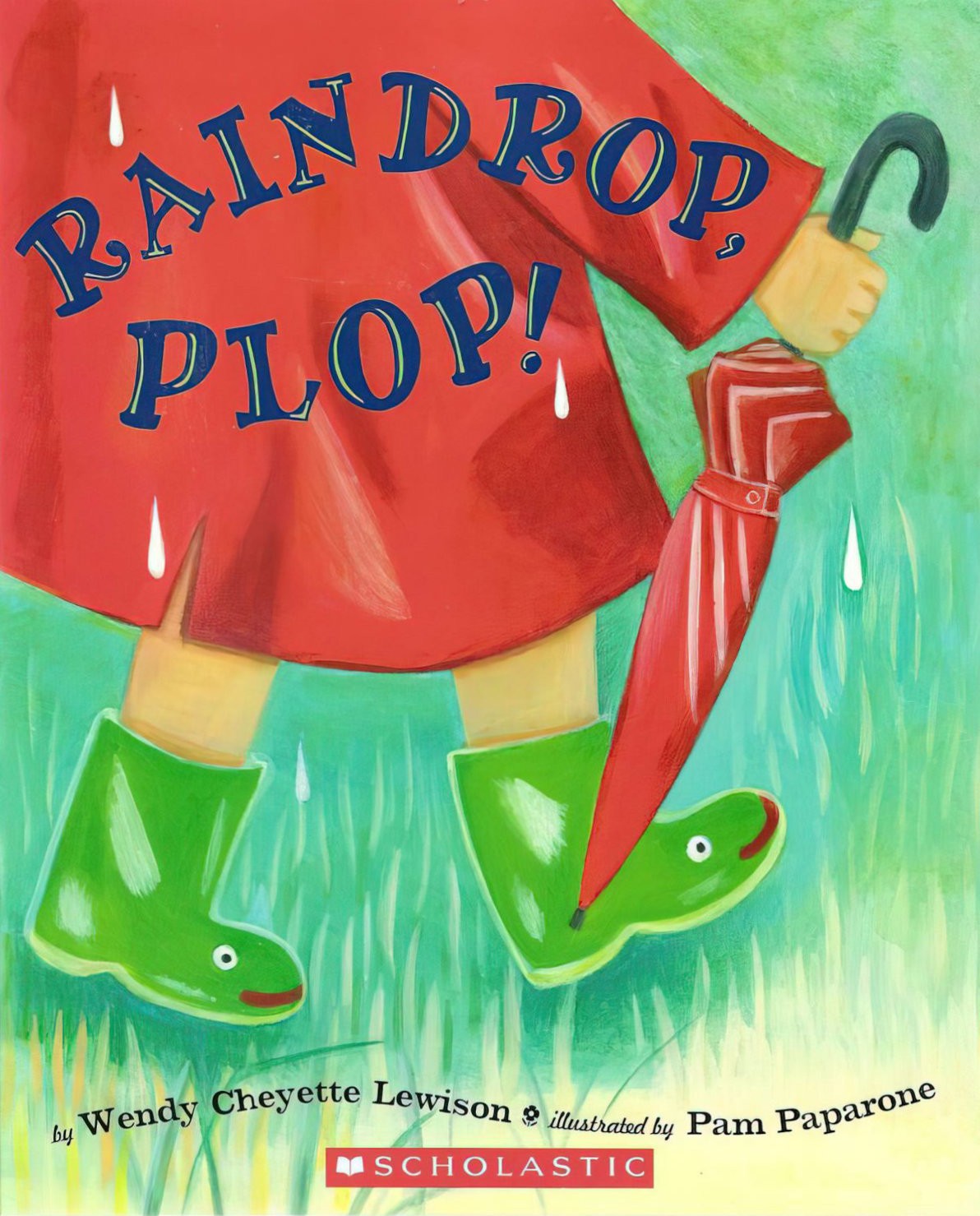
Big Walking Legs
You don’t see this so much in modern books, but it seems children of yesteryear marched everywhere. Could all of that marching in school have carried over into real life?
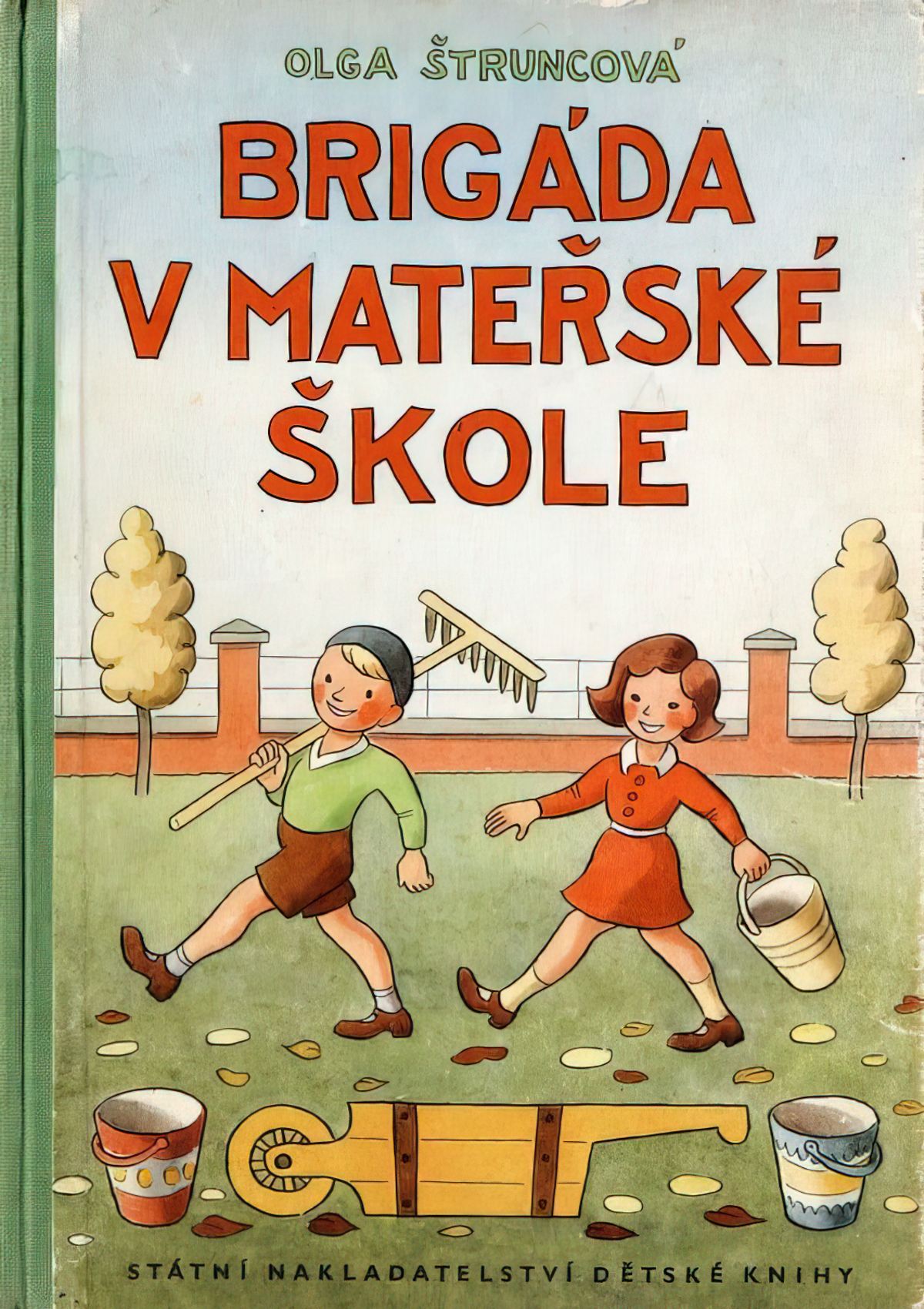
Manic-Enthusiasm
I can’t find the credit for this image and it may be a pie advertisement for all I know. 1950s advertisements featuring housewives were full of it. But we haven’t really seen these facial expressions since the 1970s Ladybird books.
